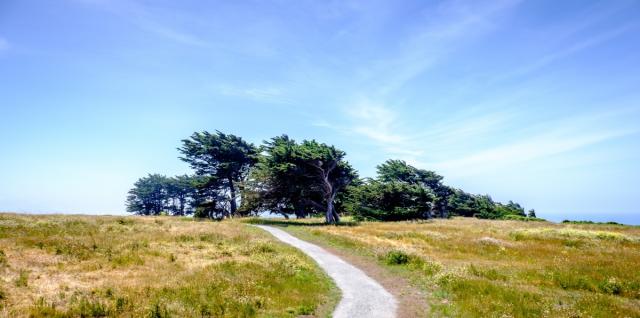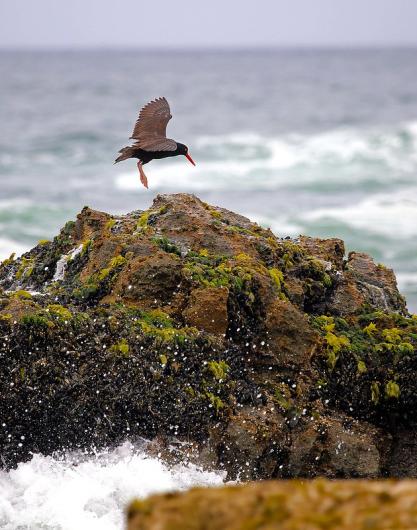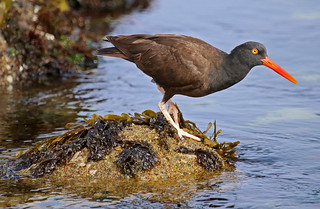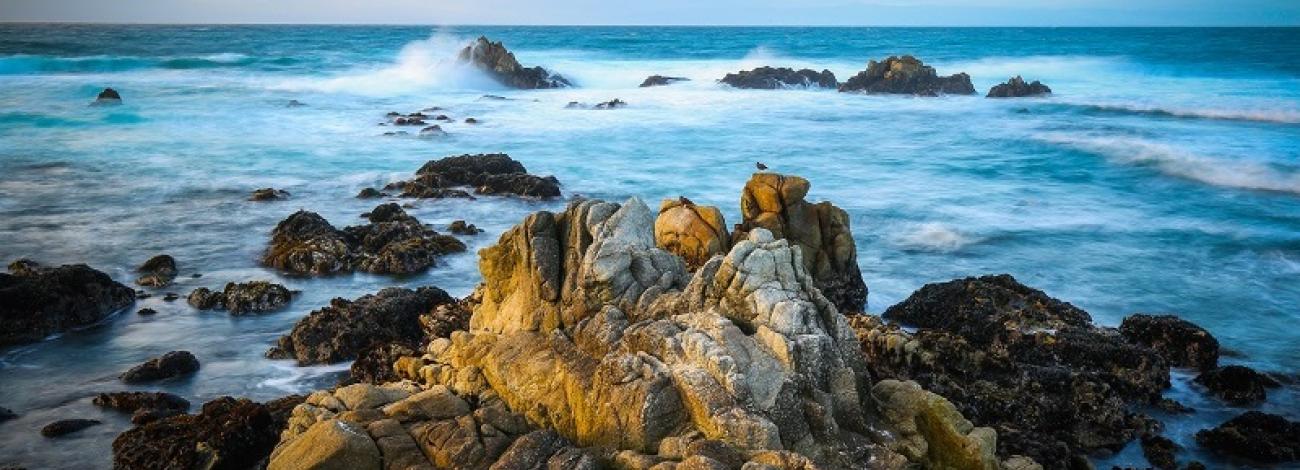
California Coastal National Monument
Connecting the Pacific Ocean with the land, the California Coastal National Monument provides unique coastal habitat for marine-dependent wildlife and vegetation on more than 20,000 rocks, islands, exposed reefs and pinnacles along the California coastline, as well as 7,924 acres of public land in six onshore units: Trinidad Head Lighthouse, Waluplh-Lighthouse Ranch, Lost Coast Headlands, Point Arena-Stornetta, Cotoni-Coast Dairies, and Piedras Blancas.
While millions of people view the Monument from beaches, bluffs and watercraft, a closer look reveals activity as it provides untrammeled nesting habitat for an estimated 200,000 breeding seabirds and thousands of loafing and breeding marine mammals, including harbor seals, and California and Steller’s sea lions.
The California Coast is a way of life for millions of Californians, and a destination for visitors from around the world. Many come to the coast for health, play, work, discovery, and enjoyment. The scenic beauty and important wildlife habitat within the Monument are protected by the Bureau of Land Management as National Conservation Lands.
Along its length, this spectacular interplay of land and sea is an experience that creates lasting connections between people and nature.
Access: Restricted access; access to the light station grounds is by guided tour only
Access: Restricted access; access to the light station grounds is by guided tour only
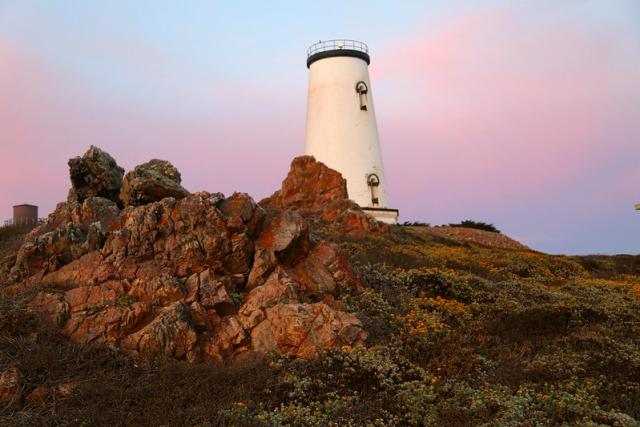
Access: Open for day use only; no motorized vehicles or hang gliding; dogs must be on leash.
Access: Open for day use only; no motorized vehicles or hang gliding; dogs must be on leash.
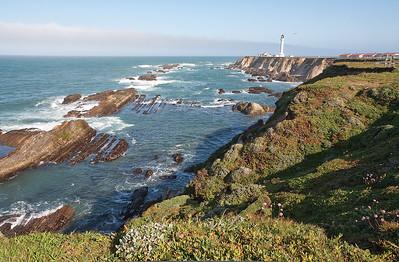
Access: Public access to Cotoni-Coast Dairies is currently limited to guided hikes while the BLM develops a management plan.
Access: Public access to Cotoni-Coast Dairies is currently limited to guided hikes while the BLM develops a management plan.
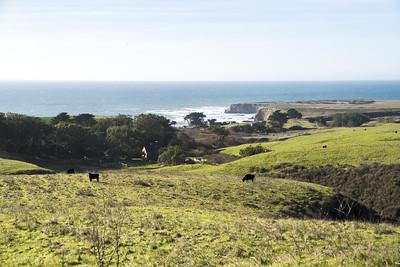
Access: Restricted access; open for public access first Saturday of each month and special events
Access: Restricted access; open for public access first Saturday of each month and special events
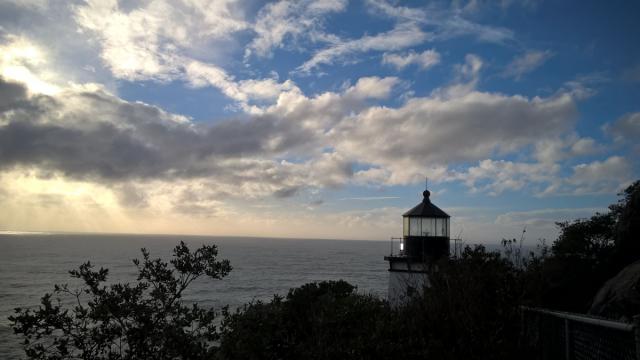
Access: Open for day use only
Access: Open for day use only
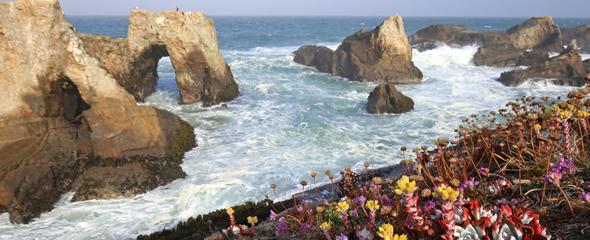
Access: Open for day use only
Access: Open for day use only
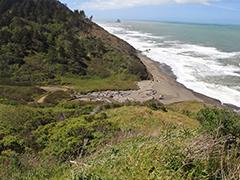
Access: Open for day use only
Access: Open for day use only
